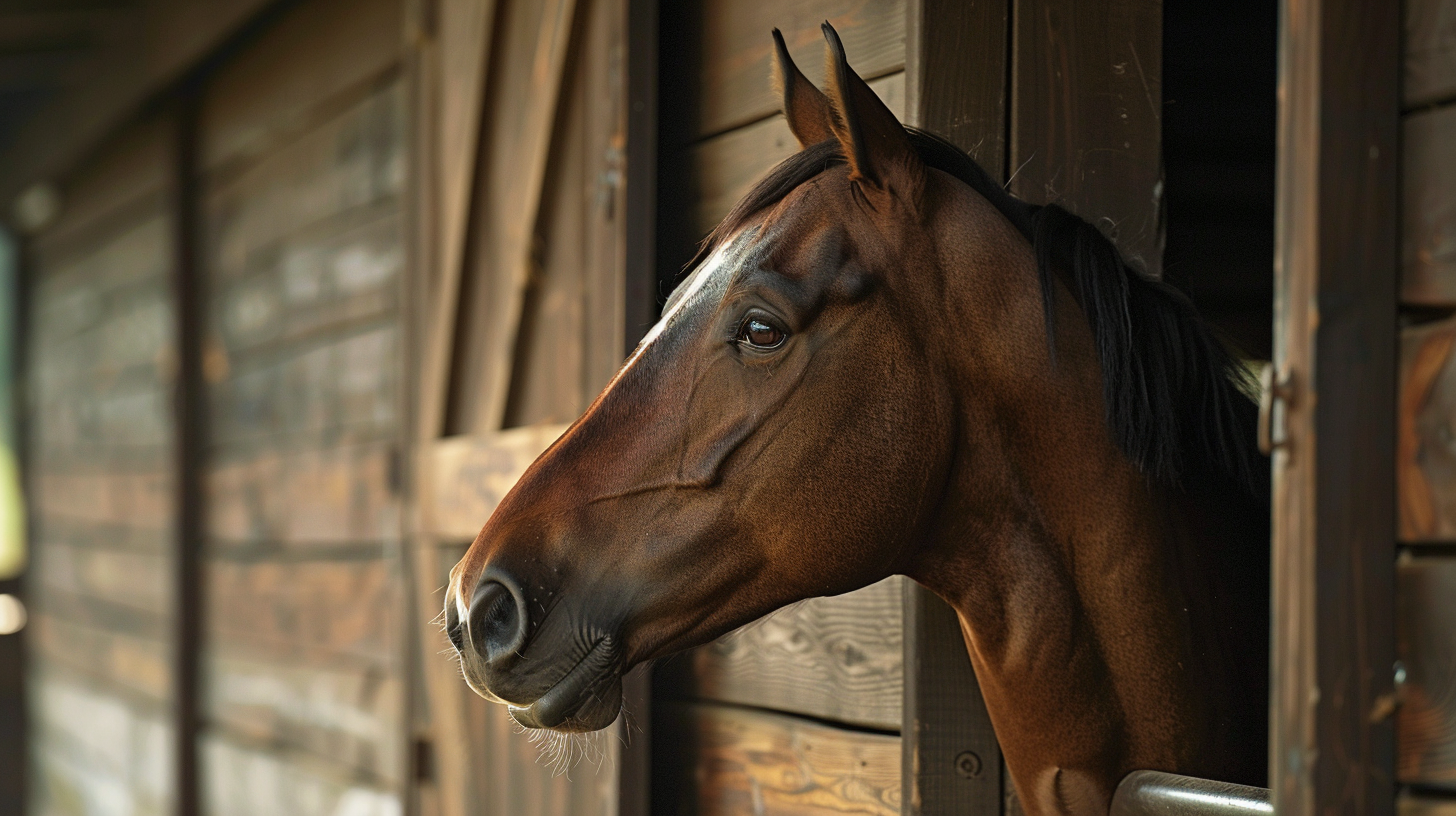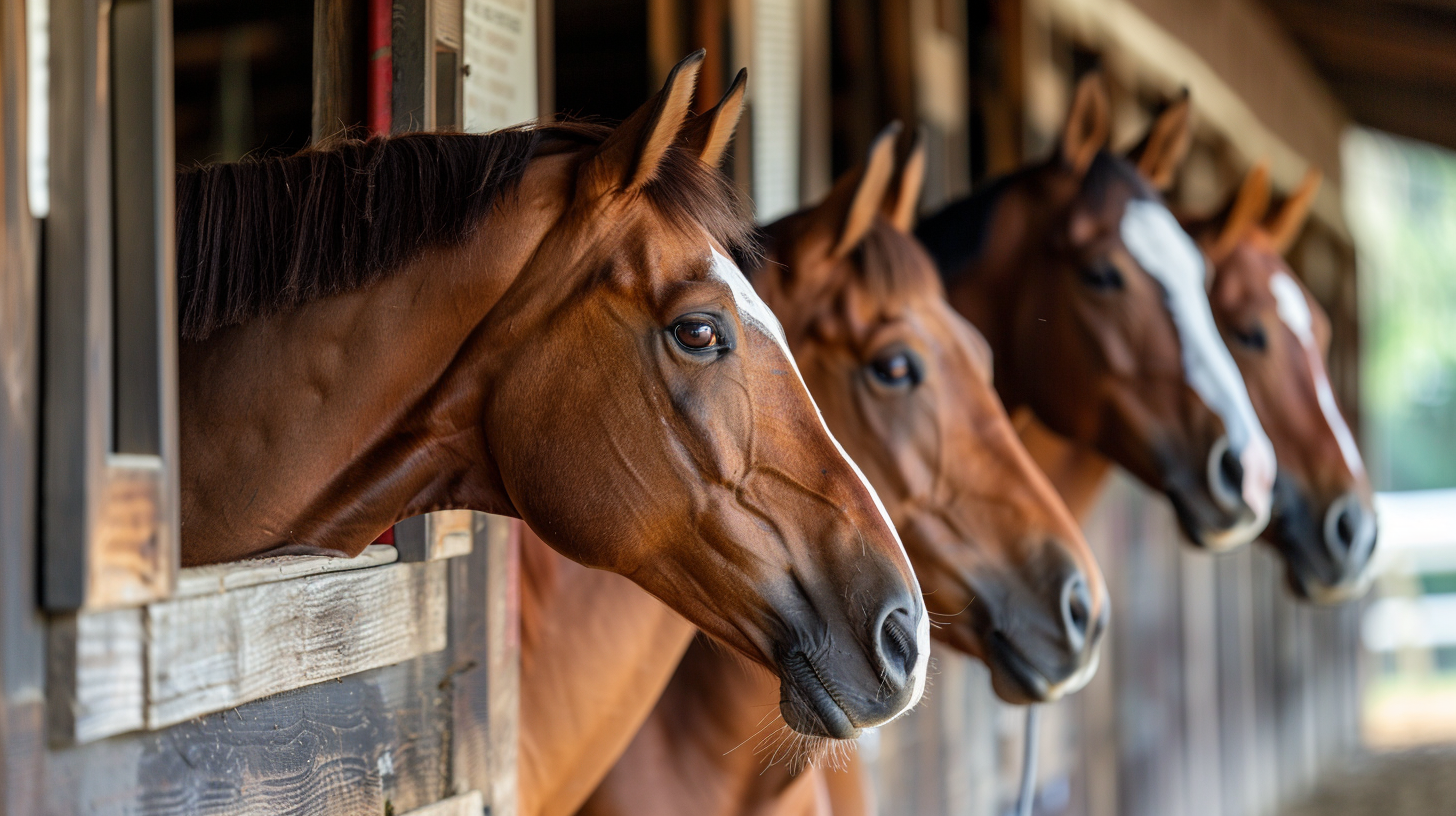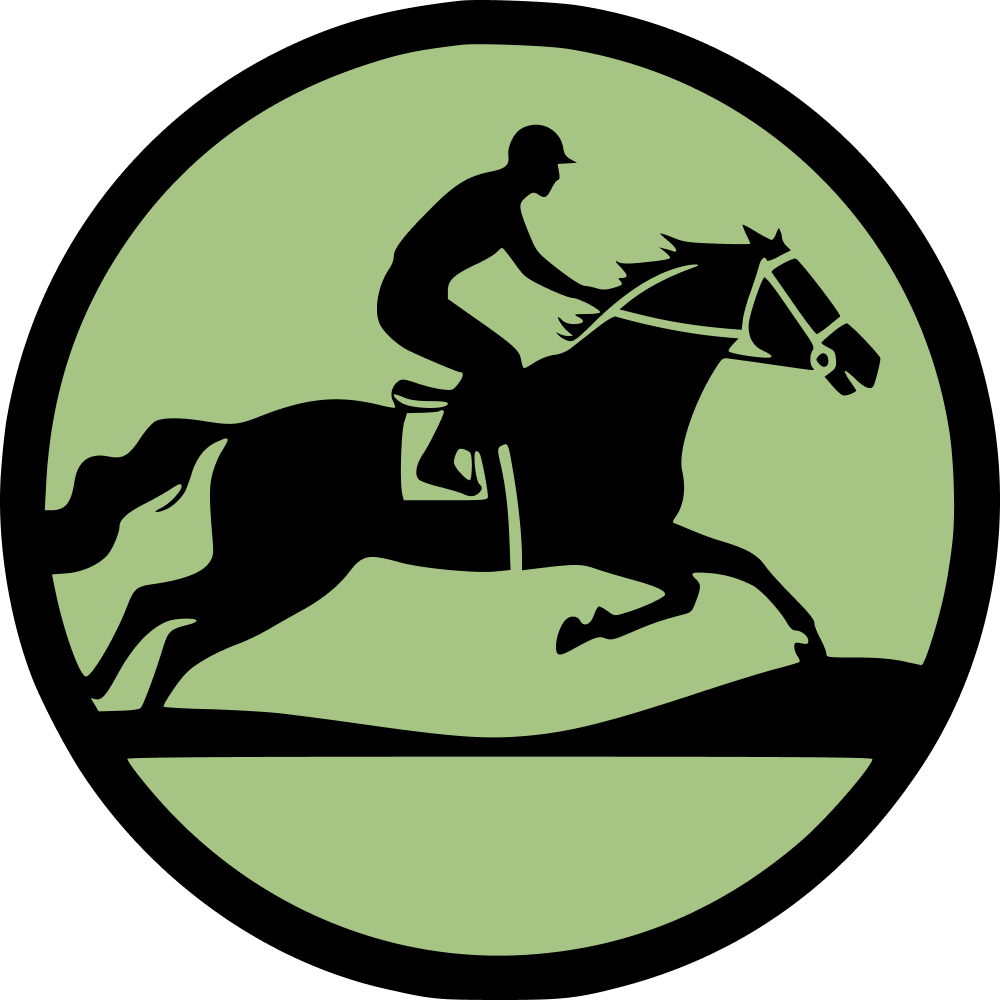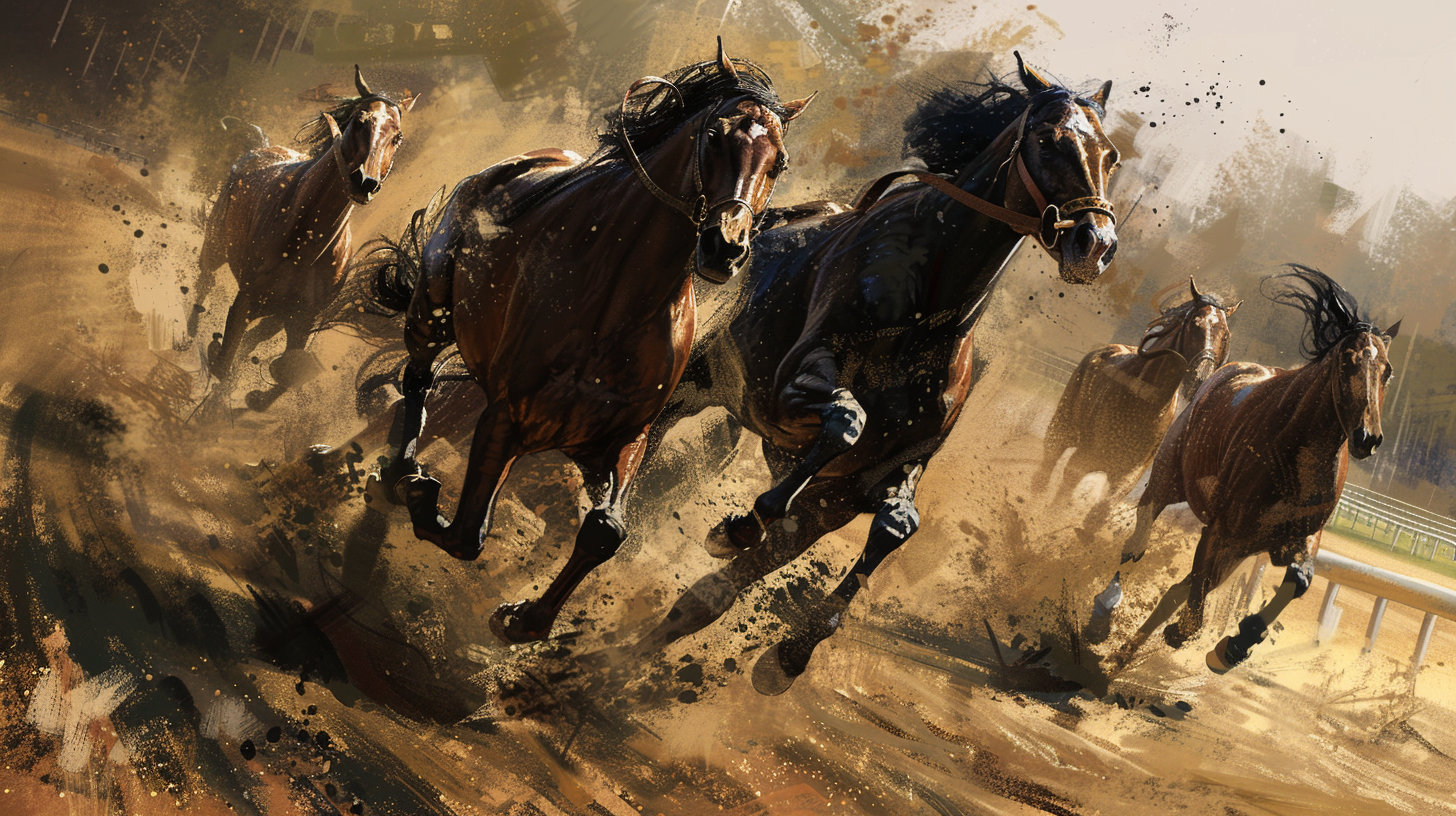The Las Vegas Convention and Visitors Bureau, which has a budget of approximately $400 million, has been working tirelessly to position Vegas as the nation's and even the world's sports capital. However, one might question how a city can claim such a title without a Thoroughbred racetrack. The racing industry already engages in successful business ventures in Vegas through conventions and handicapping tournaments. With over $8 billion wagered during the last fiscal year, it's hard to believe that a racetrack wouldn't thrive in this city.
Racing enthusiasts have attempted multiple times to establish a presence in Vegas as the city grew. In 1981, Las Vegas Downs opened in Henderson, just south of the town, with grand plans of featuring Thoroughbred and greyhound racing. Unfortunately, the track closed after three years without hosting any horse races.

In 1961, Joe Wells, known as the father of Dawn Wells (the actress who played Mary Ann in “Gilligan's Island”), took control of the Thunderbird Hotel and constructed a half-mile track behind it. He organised a Thoroughbred-Quarter Horse meet in 1963 and bought an auto racing layout known as Las Vegas Park in 1964. However, by 1966, both tracks overseen by Wells were forced to shut down.
Las Vegas Park is particularly notable for its ambitious yet ultimately unsuccessful history. According to an urban legend, Hank Greenspun, the future publisher of the Las Vegas Sun, was enchanted by Joseph M. Smoot, a New York "financier" and "promoter." Smoot had previously been involved in the construction of Hialeah Park in 1926 and the rebuilding of Santa Anita Park in 1933.
Smoot managed to raise around $3 million for the construction and operation of the Vegas track, enlisting the reputable architectural firm Arthur Froelich and Associates. Froelich had previously designed Hollywood Park, the 1958 version of Aqueduct Racetrack, and oversaw the renovation of Belmont Park in the 1960s.
However, construction delays and local investor dissatisfaction plagued the project. Smoot was ousted from the process and faced embezzlement charges of half a million dollars. During his trial, he famously asked, "Did you ever try and pay a politician with a check?"
A local judge took charge of completing the project, resulting in the completion of Las Vegas Park — a visually appealing facility with a cantilevered grandstand roof, providing shade to all seats. The venue also featured a luxurious clubhouse and 165 slot machines to remind visitors of the city's allure. However, the track faced challenges due to its limited access road, unprepared turf course, and incomplete totalizator system.

On September 4, 1953, Las Vegas Park held its opening day, attracting horses trained by prominent Californians and boasting notable jockeys such as Bill Shoemaker. The handle reached $252,663 with a reported attendance of 8,200. The following day, Calumet Farm secured a victory with Recur, a half-brother to the 1949 Kentucky Derby winner Ponder. Despite Shoemaker's success and increased attendance, the handle dropped below $200,000, falling short of the break-even mark.
The track attempted to capitalise on the Labor Day weekend, but the turnout and betting figures remained disappointing. By October 18, after just 13 programs, Las Vegas Park closed its doors. Purses had dwindled to $800 per race, and the small local population of 26,000 struggled to support the track. Tourists flocked to Vegas for the casinos and entertainment provided by renowned performers like Ella Fitzgerald, Judy Garland, and the Rat Pack. The likes of Gordon Glisson and Angel Valenzuela, talented jockeys though they were, couldn't compete with such attractions.
Las Vegas Park was initially scheduled to operate for 67 days, but even a three-week break to address issues with the betting system failed to improve the situation. After just 13 race cards, the track closed its doors on October 18th. Purses had diminished to a mere $800 per race. Despite the city's future development boom, the local population of 26,000 was insufficient to sustain the racetrack. Tourists flocked to Las Vegas to indulge in casino games and entertainment provided by renowned artists, and the racetrack struggled to compete with such attractions.
Clement Hirsch, one of the major investors of Las Vegas Park, went on to establish successful ventures in the racing industry, including the Oak Tree Racing Association and played a pivotal role in the formation of the Del Mar Thoroughbred Club. Both endeavours proved much more prosperous than the ill-fated Las Vegas racetrack project, serving as valuable lessons learned.

